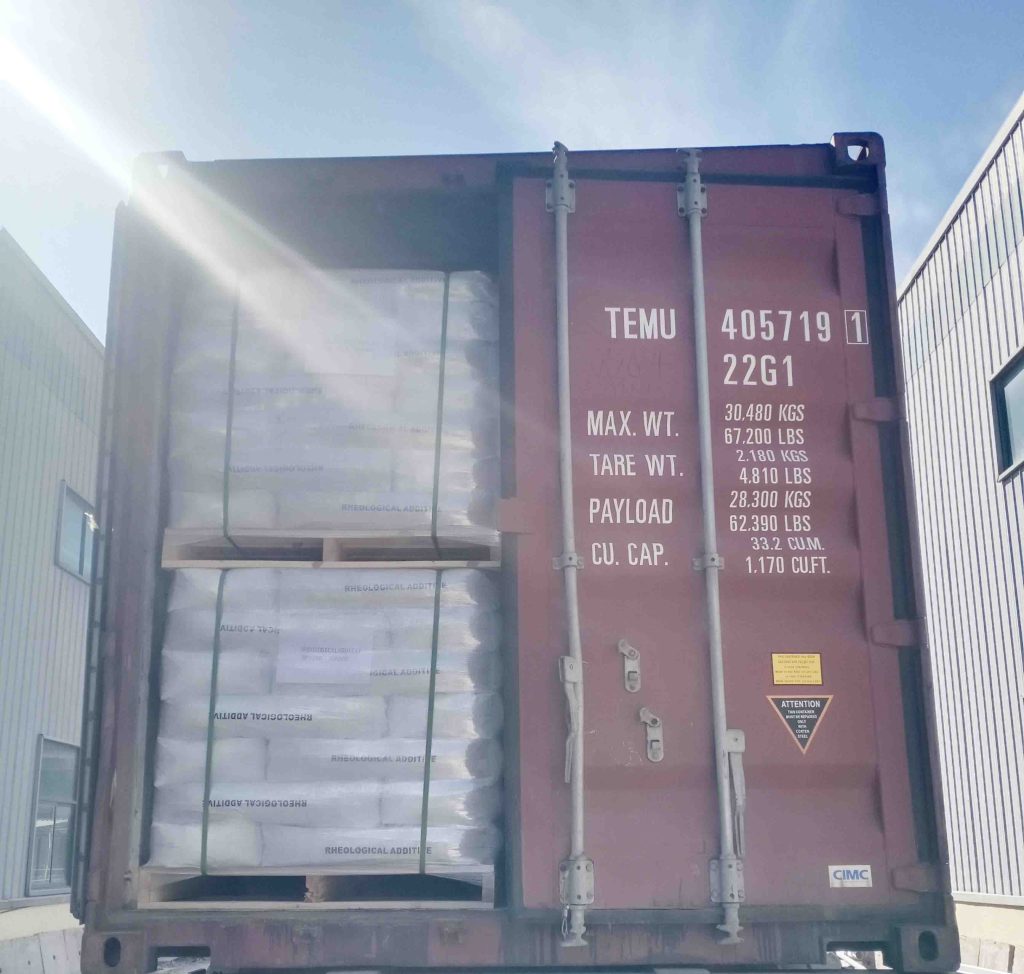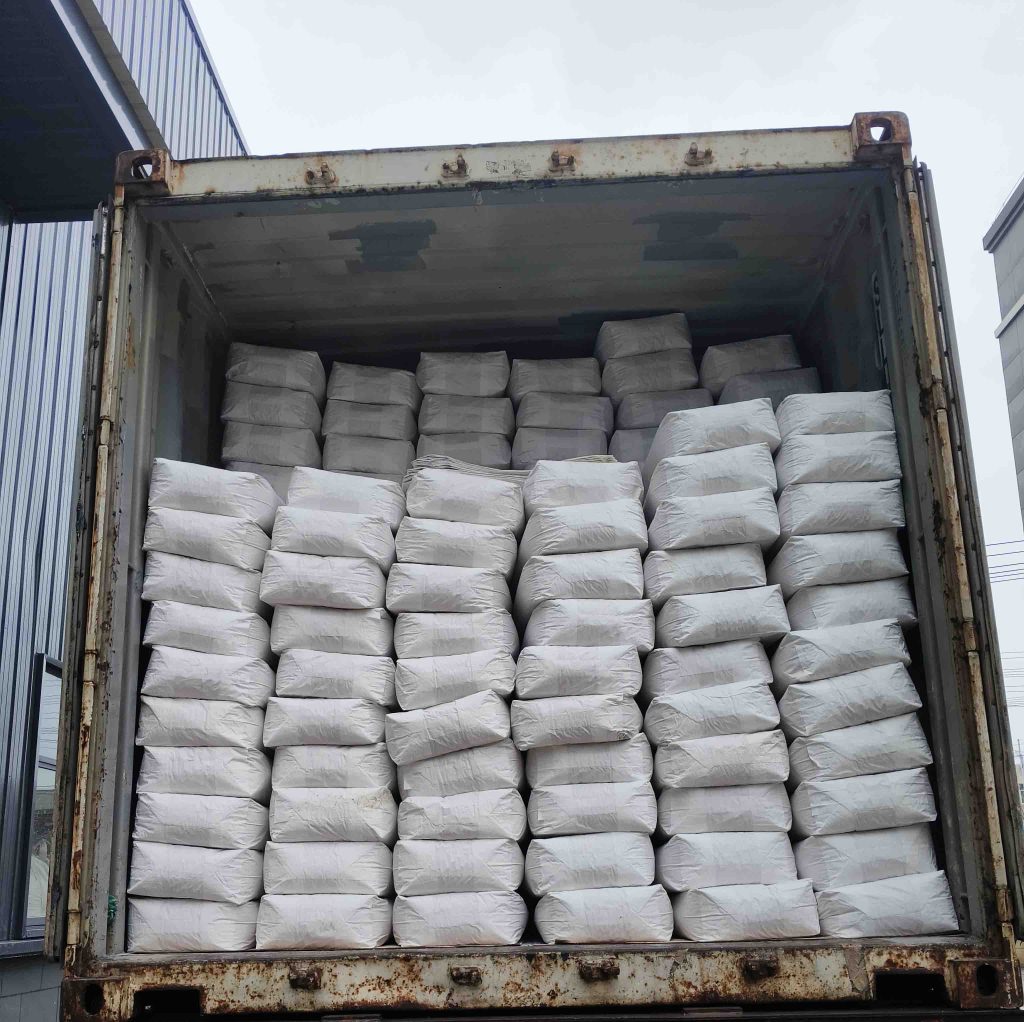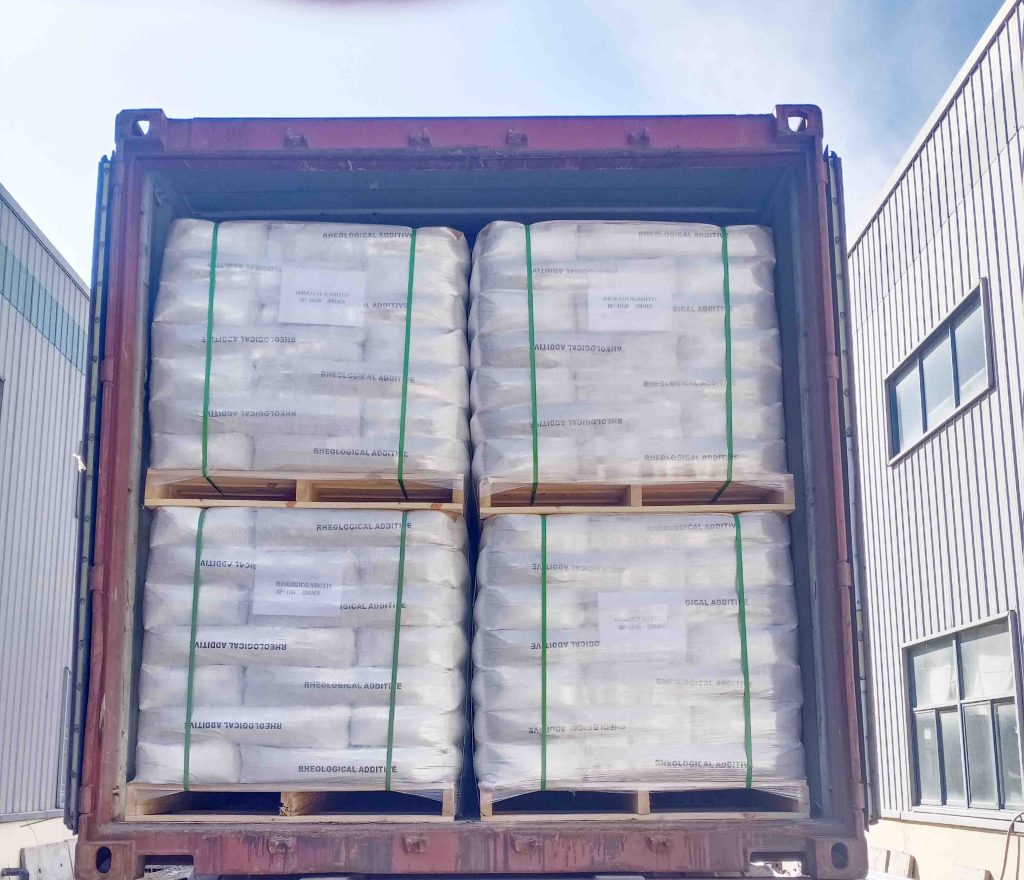Glass bead : Types of Glass Microspheres
Glass microspheres come in various types based on their application, shape, composition, and size:
1. Hollow Glass Microspheres: These have a lightweight, low-density, hollow structure, offering excellent insulation and soundproofing. They are ideal for thermal insulation materials, fillers, and reflective road paints. They are also used in construction materials to reduce weight while maintaining insulation and soundproofing properties.
2. Solid Glass Microspheres: These have a solid structure and higher density than hollow microspheres. They are used in road markings, sandblasting, surface treatments, and as fillers and reflective materials in paints and coatings.
3. Nano-Scale Glass Microspheres: With a uniform particle size distribution, these microspheres are used in sandblasting, surface treatments, paints, coatings, and as fillers. Their particle size typically ranges from 1 to 100 micrometers.
We sincerely welcome you to inquire about our hollow glass microbeads, and solid glass microbeads.We will send you our product description and price as soon as possible to ensure your maximum competitive advantage.
glass bead

What Are Bead Blasting’s Applications?
| Aerospace industry | Remove rust and paint from mechanical components to remove knife marks. |
| Remove scratches on the rubber | Reflective paint for roads |
| Scratch treatment on the surface of stainless steel. | |
| Foundry industry; | Pre processing in the electroplating industry. |
| Semiconductor Industry | Crafts for exterior decoration |
glass bead
Glass microspheres are versatile materials used across various fields depending on their application, size, material, and surface treatment. We have fully conveyed to you the usage direction and application fields of glass microbeads, as well as the role they play on this page. We hope this information is helpful to you.
Size of glass beads for blasting
Model of Bead blasting glass | Sieve Size (mesh) | Particle Size Range(μm) |
WSL17L# | 20~40 | 425 ~ 850 |
WSL 18L# | 30~40 | 425 ~ 600 |
WSL 19L# | 40~60 | 300 ~ 425 |
WSL 20L# | 60~100 | 150 ~ 300 |
WSL 21L# | 70~140 | 106 ~ 212 |
WSL 22L# | 100~140 | 106 ~ 150 |
WSL 23L# | 100~200 | 75 ~ 150 |
WSL 24L# | 140~200 | 75 ~ 106 |
WSL 25L# | 140~270 | 53 ~ 106 |
WSL 26L# | 200~325 | 45 ~ 75 |
Specification of Bead blasting glass
| Specific gravity | 2.4-2.6 g/m3 |
| Stacking density | 1.5g/cm3 |
| Type | Blasting / Shot Peening Media |
| Spherical | |
| Rockwell hardness: | 46HRC |
| Mohs | 6-7 |
| Round rate | 80% |
| Melting point | 710-730 ℃ |
| Index of refraction | 1.5—1.6 |
Glass bead Application
1. Cosmetics: Glass microspheres enhance the texture and glossiness of cosmetics due to their reflective properties and smooth surface. glass beads are used in skincare products, eyeshadows, foundations, and more.
2. Building Materials: Thanks to their insulation properties, strength, and reflective capabilities, glass bead are incorporated into building materials such as plaster, cement, and wall coatings.
They are used in insulation and soundproofing materials and added to paints to increase reflectivity, making them ideal for road markings and signage.
3. Oil and Gas Wells: In oil and gas drilling, glass bead are used in pressure fluids and muds as proppants to support the wellbore and enhance oil and gas extraction.
4. Grinding and Polishing: Due to their hardness and wear resistance, glass microspheres are employed in grinding and polishing processes. They are used to smooth surfaces in the manufacturing of cars, ships, and airplanes.
5. Fillers: Glass microspheres serve as fillers in plastics and rubber, reducing product weight while enhancing mechanical properties, thermal stability, and appearance.
6. Road Markings: Their reflective properties make glass microspheres widely used in road paints, significantly improving nighttime visibility and driving safety.
7. Crafts and Decorations: Colored glass microspheres are used in clothing decoration and floral crafts to create a flowing sand effect.
8. Anti-Sedimentation Agent: Like organic bentonite clay, glass microspheres prevent pigments and fillers from settling, maintaining a uniform distribution.


